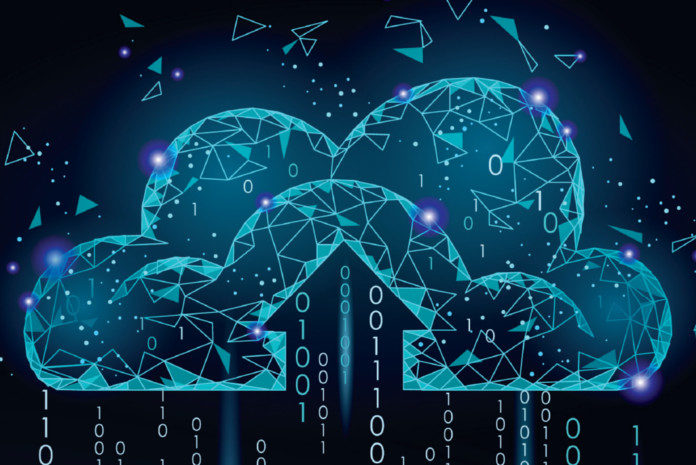By Sanjai Gangadharan, Area Vice President – South ASEAN at A10 Networks, Inc
Today’s enterprises have faced many challenges with the pace of change over the last few years because of digital transformation, and the need for that transformation to be resilient and secure. These challenges have been amplified by the disruption of the global pandemic.
There have been massive global macro-economic shifts that have fundamentally changed the way companies operate, from the rise of remotely working employees to the adjustments of customer engagement strategies. Remote work was in full swing before the pandemic and it already had an impact on IT strategy and the shift to cloud, including hybrid cloud. This trend has only accelerated due to the ease of remote deployment and accessibility for software, SaaS, and cloud options. With all these changes, the specter of security breaches is high. This explains the rise and popularity of Zero Trust as a framework for securing networks in these new realties, and as an effective tool to drive cybersecurity initiatives within the entire enterprise.
All this means that in a post-pandemic era, digital resilience is a top priority and cyber threats are only accelerating. As a result, we are witnessing a broad spectrum of concerns as enterprise organizations look to shore up their defenses.
Analyzing the events of the last two years, it is an ideal time to explore enterprise perceptions about the future. To gain these insights, we surveyed 2,425 senior application and network professionals from across ten regions around the globe. Not surprisingly, we found high levels of concern around all aspects of digital transformation solutions and resilience with a strong focus on business continuity. The top findings we uncovered included:
Private Clouds are the Preferred Enterprise IT Environment
Even though we witnessed a rapid pivot to cloud in the last couple of years, plenty of on-premises environments remain. Twenty-three percent of respondents have retained an on-premises environment and this is unlikely to change in the future. Private clouds were the preferred environment for 30 percent of respondents, while just under one quarter said their environment was in a public cloud with a similar percent in SaaS environments.
New Working Patterns and Digitalization Prompt Rethinking the Strategy
Resilience is a board-level discussion as senior leaders look to ensure that the business can cope with any future disruption. Our enterprise respondents said that digital transformation solutions, business continuity (technically and organizationally) and stronger security requirements have all become paramount. This puts tremendous pressure on IT professionals to rethink their architectures and IT strategies to meet the challenge.
Asked to rate their concern about 11 different aspects of business resilience, nine out of 10 respondents expressed some level of concern about every issue. The top concerns were around the challenge of optimizing security tools to ensure competitive advantage, utilizing IT resources in the cloud, and enabling remote access and hybrid working while ensuring that staff feel supported in whatever work style they wish to adopt.
Top Cyber Threat Concerns for Enterprise IT
Without a doubt, the escalating threat landscape is causing a broad array of concerns from respondents. Chief among them is the loss of sensitive assets and data followed by the disruptive impact of downtime or network lockdown. In response, there was an evident shift to a Zero Trust security approach. One-third (30%) of enterprise organizations said that they had already adopted a Zero Trust model.
Looking to the future, we expect adoption of cybersecurity initiatives to not only remain high, but to become higher. This includes a more pervasive adoption of the Zero Trust model within the enterprise as all employees become more aware of the benefits of such a strategy and approach.
It’s clear that there is unlikely to be any relief from the pressures for enterprises and their IT practitioners, whether in infrastructure or security domains. We will be dealing with the impact of these recent pandemic-related changes for years to come, including the continuing integration of newer technologies and evolving standards. Therefore, IT organizations must continue to invest in modern technologies that support ongoing digital transformation initiatives but strike the balance between strong Zero Trust defense and operational agility for their multifaceted digital resiliency needs.











